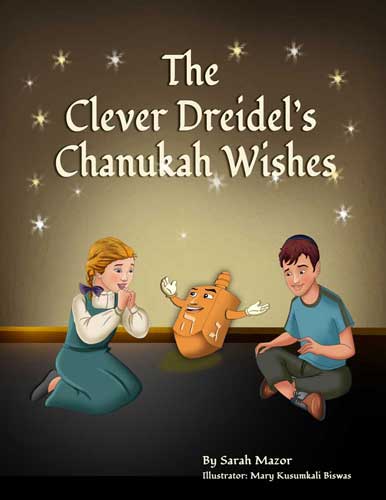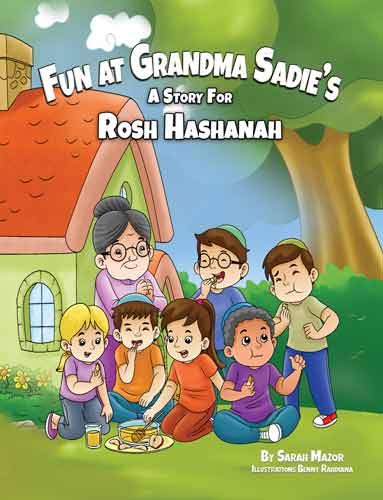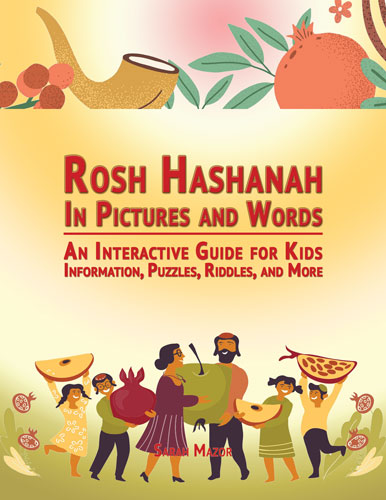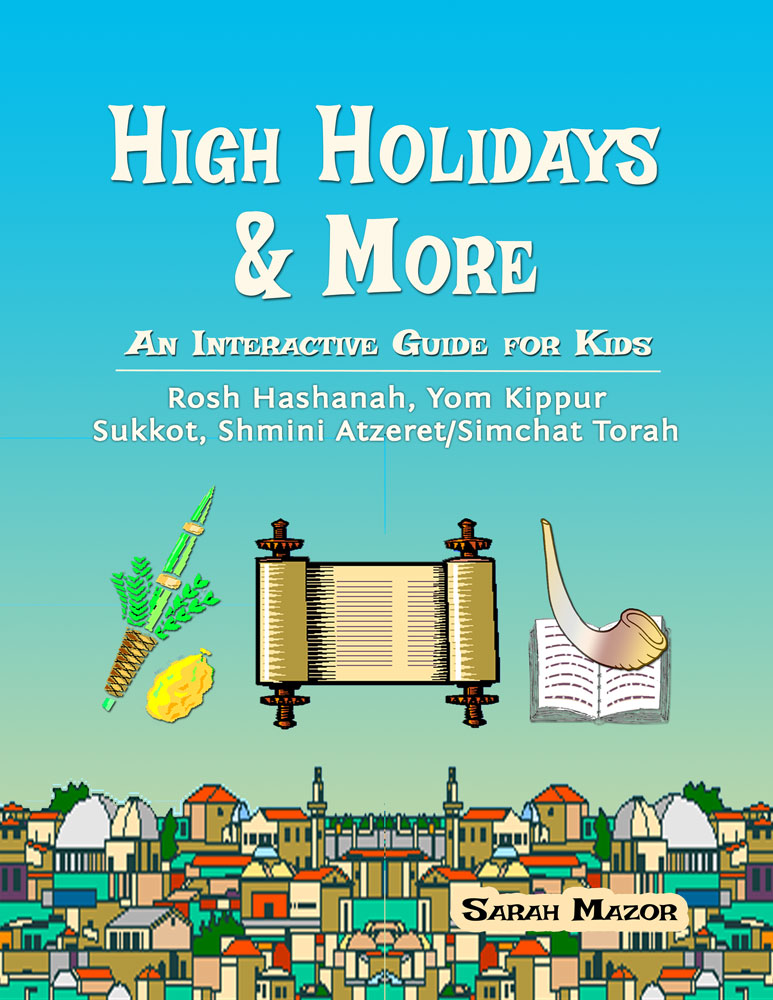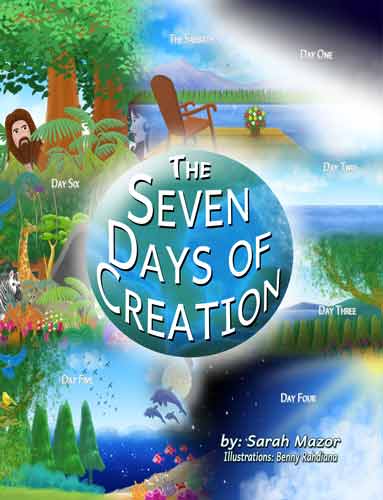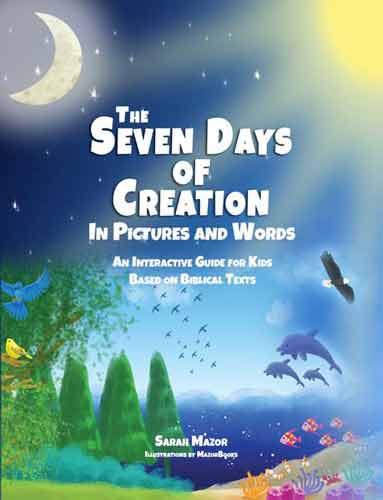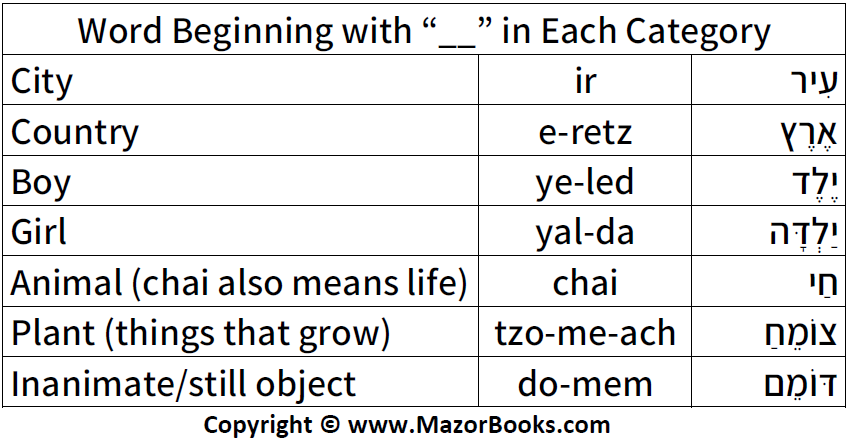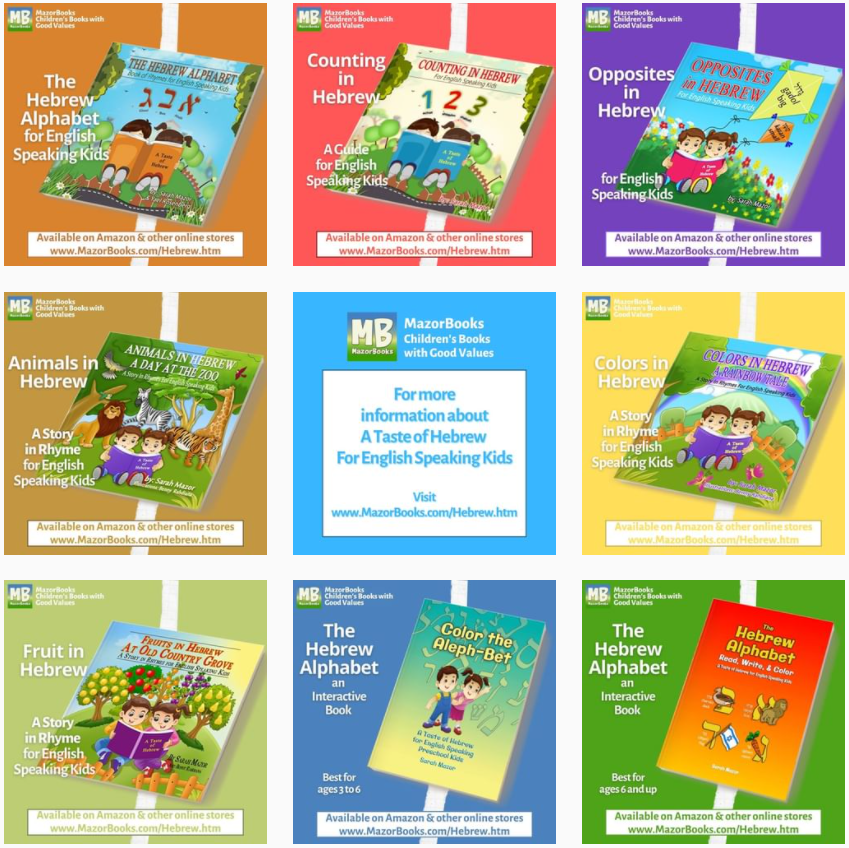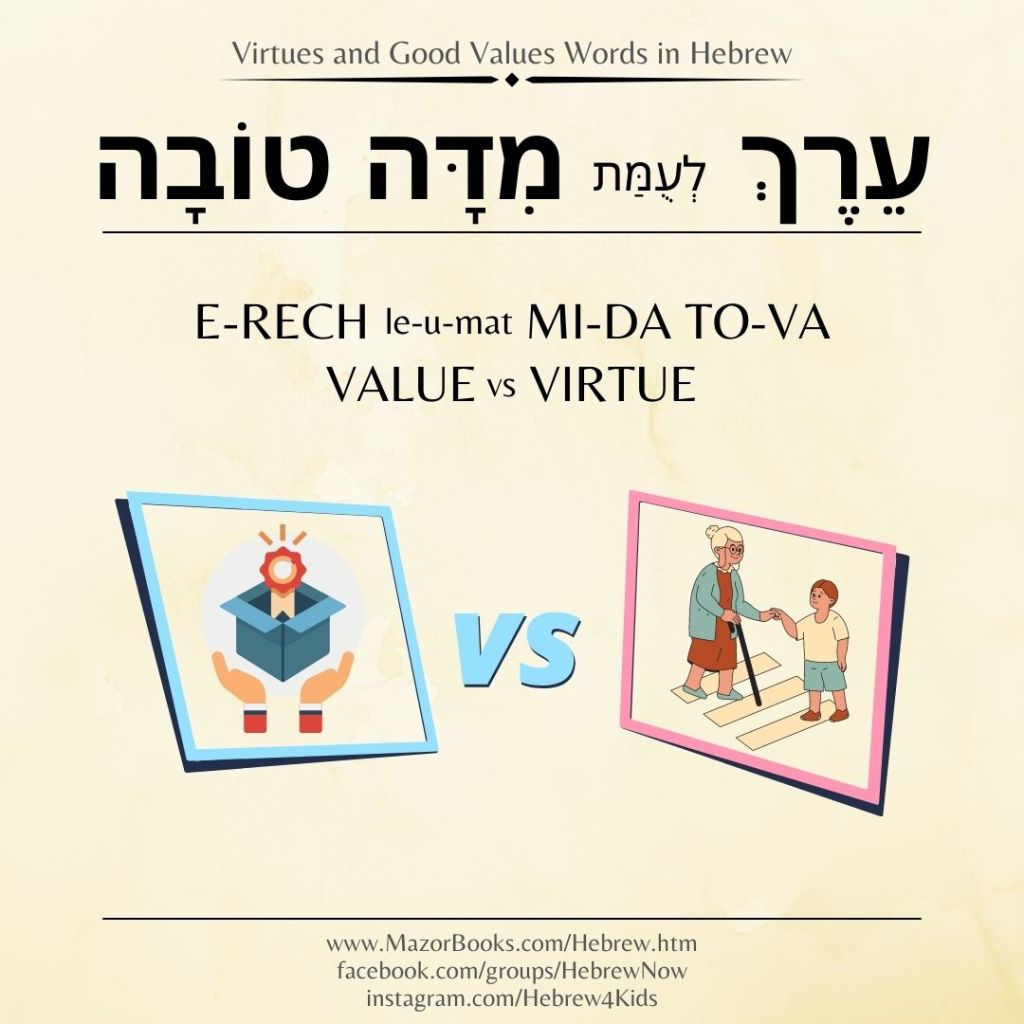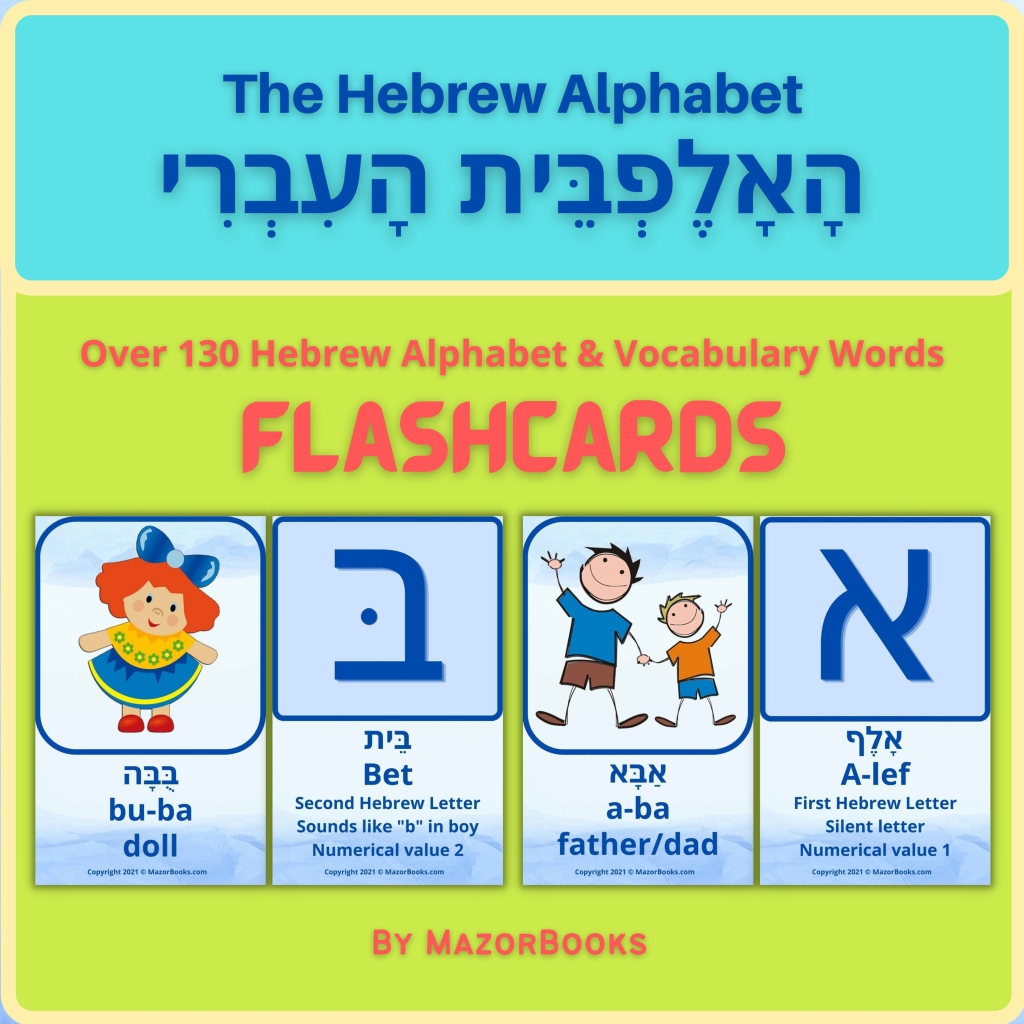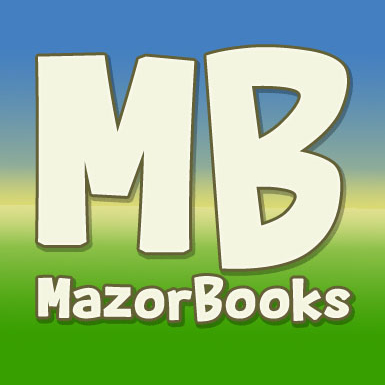Tags
#book, #chidlren's books, #children, #cognitive development, #kid-book, #kidlit, #MazorBooks, #problem-solving, brain enhancement, building bonds, cerebral humor, children's books, enriching vocabulary, good values, reading comprehension, riddles, Riddles for children, self-development, teaching opportunities, vocabulary
Solving Riddles: Fostering Children’s Thinking
To foster young minds, it is crucial to provide them with opportunities for critical thinking. Experts endorse a range of interventions for children, emphasizing the need to enhance their creativity and critical thinking skills as they grow.
Experts advocate the use of riddles to enhance children’s thinking abilities and foster innovative ideas. Riddles not only entertain but also educate.
The Benefits of Riddles for Children:
- Stimulating their brains: Riddles have been proven to enhance children’s understanding and creativity, problem-solving, and critical thinking.
- Enhancing reading comprehension: Riddles can improve vocabulary and foster a better grasp of context, helping children read and understand complex material more effectively.
- Enriching vocabulary: Riddles provide contextual clues for unfamiliar words, making it easier for children to learn, retain, and use them.
- Introducing cerebral humor: Laughter is essential for pleasure and well-being. Riddles serve as a refreshing break, engaging children’s minds and relieving boredom while keeping them mentally active.
- Providing teaching opportunities: Teaching children riddles enables them to learn and understand something unique, empowering them to share and teach others and engage in socially productive interactions.
- Building bonds: Sharing riddles is an opportunity to provide children with positive feedback and encouragement that enhances the bond between child and caregiver.
The first MazorBooks riddles book in the Riddles & Rhymes Series:
Riddles and Rhymes Book I: What Did the ABCs Feed the Animals?
In the book, you will find:
Twenty-six clever Riddle Rhymes that entertain and engage children:
Allie the Alligator
Wanted to eat
She asked the letter A
For her favorite treat
What did the letter A give Allie?
In addition to the riddle’s answer (a food that begins with the letter A), kids will also gain knowledge about each of the 26 animals’ feeding habits:
For example
Alligators sometimes snack on fruit, but they usually eat fish, turtles, mammals, and reptiles. Young alligators also eat worms, snails, and insects.
Plus
Fun Fact: Alligators continue to grow throughout their lifetime.
And,
— Your kids will get smarter while having fun because simple rhymes are fun and easy for children to learn.







